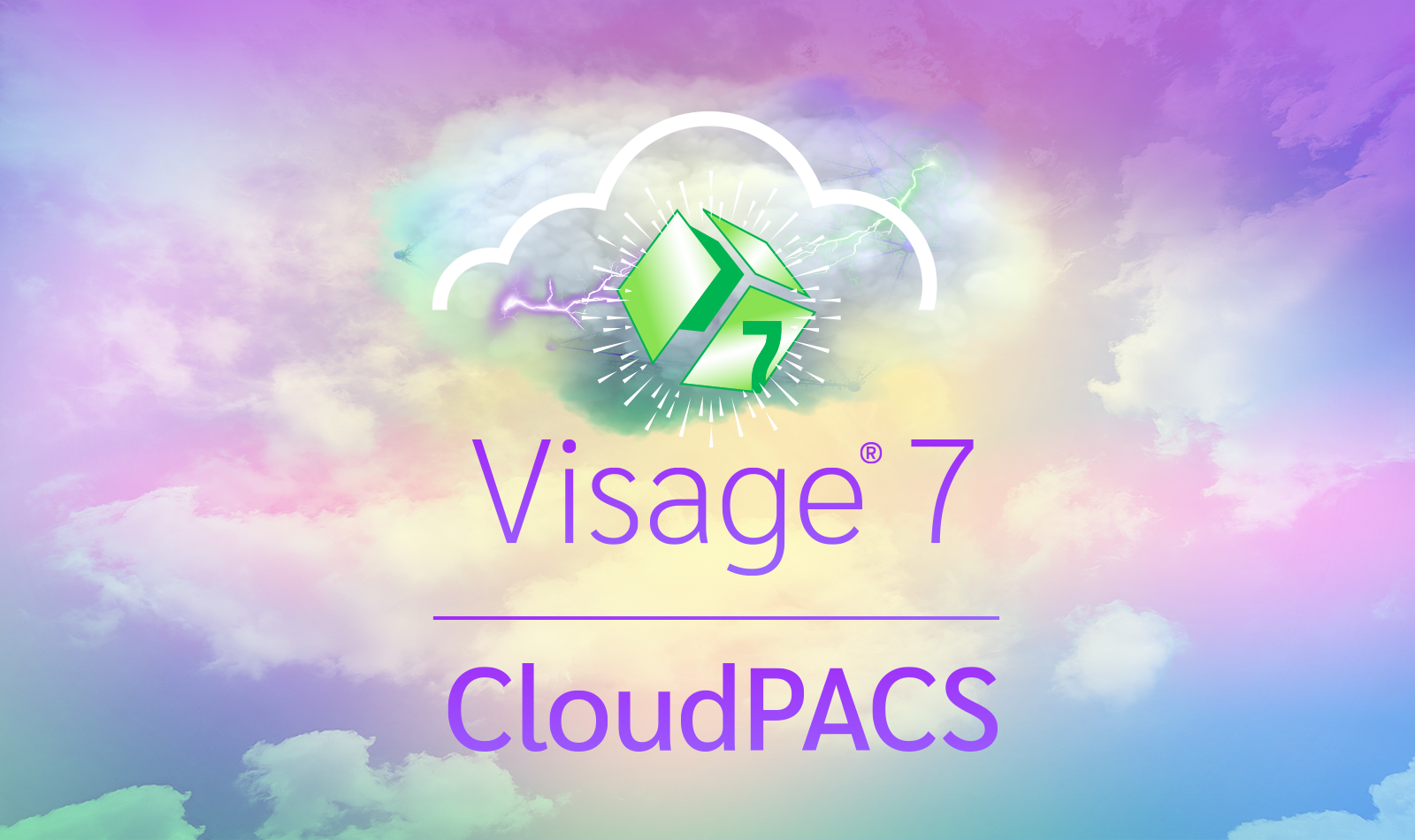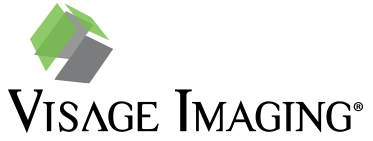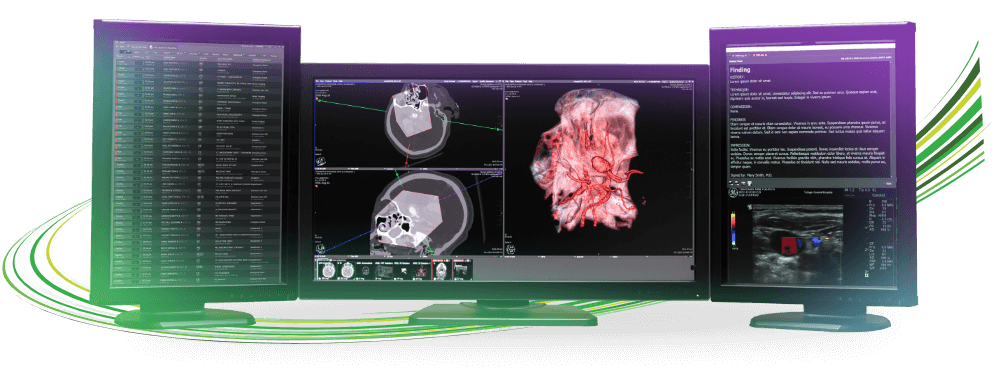Embracing Full Cloud Adoption: Why Hybrid Solutions Compromise Security and Efficiency

I want to address a critical topic that some healthcare organizations are contemplating: the misconception that adding on-premises servers to cloud deployments (e.g., so called “hybrid” cloud) enhances security and availability. In reality, this hybrid approach often introduces more risks than benefits. For the past four years, all of Visage's new installations of the Visage 7 Enterprise Imaging Platform (e.g., Visage 7 CloudPACS) have been cloud-based. The cloud offers unparalleled performance, reliability, scalability, and security that on-premise solutions simply can't match. Visage 7 has been engineered to leverage these cloud advantages, providing unmatched performance and flexibility for Imaging. While Visage can support a hybrid cloud deployment model, most customers have chosen to forego the headaches associated with on-premise equipment based upon our extensive, proven experience over the past 4 years.
The allure of maintaining on-premises servers alongside cloud deployments is understandable. It stems from a desire for control and a belief in the "belt and suspenders" approach to availability. However, this strategy can backfire, increasing both security risks and management complexity. Visage's cloud-native implementation eliminates these concerns, offering a secure, highly available, and scalable solution without the need for any on-premise servers whatsoever. Our high availability, resilient architecture is always implemented in at least two cloud environments, across multiple availability zones and multiple direct connects for no downtime.
Let's consider the challenges facing healthcare IT professionals. They are often stretched thin, juggling multiple responsibilities from user support to application management, security, networking, and more. Adding on-premise servers to a cloud-based implementation continues the on-premise server burden of legacy PACS, and only exacerbates these challenges go-forward. The old saying rings true here, “One step forward, two steps back.” You don’t want to fall into that trap. Each additional piece of hardware represents another potential point of failure, another system to patch and maintain, and another component in an already complex security landscape (e.g., larger attack surface). A report from IDC found that organizations spend an average of 55% more time on security management in hybrid environments compared to cloud-only deployments. Visage's SaaS solution for Visage 7 CloudPACS alleviates this burden, allowing IT teams to focus on strategic initiatives rather than system maintenance.
Hospital leadership, understandably concerned about ransomware and data breaches, might initially view on-premise servers as a safety net. However, this approach can paradoxically increase the risk of such incidents. Every on-premise server expands the attack surface, providing potential entry points for cybercriminals. According to a recent study by Ponemon Institute, 68% of organizations reported that the complexity of their IT infrastructure makes it more difficult to maintain a strong security posture. This complexity is precisely what you want to avoid. Visage's cloud-native approach simplifies security management while leveraging the robust security features inherent to major cloud platform providers. Features like immutable backups, AI-powered threat detection, and instant scalability to mitigate DDoS attacks are standard in cloud environments.
Moreover, the notion that on-premises servers provide better protection against downtime is often a fallacy. Cloud providers invest billions in redundancy, security, and disaster recovery – resources that far exceed what most healthcare organizations can deploy internally. Amazon Web Services (AWS), for instance, offers a service level agreement of 99.99% availability for many of its services, a level of uptime that's challenging to match with on-premise solutions. Visage's implementation takes full advantage of these capabilities, ensuring maximum uptime and reliability.
The financial implications of maintaining hybrid cloud environments are also significant. Hospital leadership is already grappling with rising IT costs. A pure cloud strategy can offer substantial savings. According to Gartner, organizations can save up to 14% of their IT budgets by moving to the cloud. These savings come not just from reduced hardware costs, but from decreased energy consumption, lower maintenance requirements, and the ability to scale resources up or down as needed.
It’s worth noting that many competing PACS solutions simply cannot work in the cloud without on-premises servers. This is worth repeating -- they have to recommend hybrid cloud because it’s their only option to offer. In contrast, Visage 7 CloudPACS performs ultrafast, for imaging organizations of all sizes and clinical mission (e.g., Telerad, Outpatient, IDN/Community, Academic), without the requirement for any on-premise hardware whatsoever.
But perhaps the most compelling argument for full cloud adoption is the opportunity it presents for innovation. Imaging and healthcare IT professionals tell us they're bogged down in the day-to-day maintenance and support of legacy systems, limited by their capabilities and restrictions. By fully embracing the cloud, Visage can free these talented individuals to focus on projects that truly move the needle, delivering much needed relief. Visage enables this relief, and the catalyst is go-forward innovation.
Also consider the potential of technologies like Imaging AI. These innovations require robust, scalable computing power – something cloud platforms excel at providing. By trying to maintain on-premise servers alongside cloud deployments, we risk creating bottlenecks that hinder the adoption of these game-changing solutions. Visage's cloud-native architecture is designed to seamlessly integrate and instantaneously scale with AI, enabling advanced analysis and workflow optimization.
It's crucial to understand that modern cloud platforms are designed with security at their core. They offer advanced threat detection, encryption, and compliance features that are continuously updated to address emerging threats. Contrast this with on-premise servers, where security updates might be delayed due to resource constraints or oversight. Visage leverages these cloud security features to provide a robust, compliant imaging solution that meets the stringent requirements of healthcare organizations.
I empathize with the concerns of both IT staff and hospital leadership. The fear of losing control or becoming overly dependent on external providers is real. However, we must recognize that the landscape of IT security and efficiency has changed. The most secure and efficient path forward is not to cling to outdated models, but to fully embrace the capabilities of cloud computing. Today, nearly 65% of all Visage customers in the U.S. are fully cloud-based. Visage's success with cloud-only deployments over the past four years is a testament to the viability and benefits of this approach.
By shifting entirely to the cloud, you can dramatically reduce the burden on your healthcare IT staff, allowing them to focus on strategic initiatives rather than constant troubleshooting. We can enhance your security posture by leveraging the expertise and resources of world-class cloud providers. And we can position your organization to be more agile, innovative, and patient-focused. Visage 7 CloudPACS exemplifies these benefits, offering unparalleled speed, scalability, security and advanced features that are best served through full cloud adoption. I often describe this relief as “going on offense” and it’s well deserved based on decades of being on defense, constantly struggling with the day-to-day break/fix of legacy PACS.
In conclusion, while the impulse to maintain on-premises servers alongside cloud deployments is understandable, it's a strategy that often introduces more problems than it solves. As we look to the future of Enterprise Imaging, our focus should be on simplification, standardization, and leveraging the full power of the cloud. This approach not only enhances performance, scale and efficiency, but also frees up innovation in ways that truly matter for patient care. Visage's success in implementing cloud-native solutions for leading healthcare institutions demonstrates that full cloud adoption is not just possible, but preferable for the most modern approach to enterprise imaging.
Steve Deaton
Director of Customer Experience
Visage Imaging
Citations:
[1] https://tateeda.com/blog/cloud-computing-in-healthcare-3-use-cases-benefits-features-best-practices
[2] https://www.verizon.com/business/resources/articles/s/how-cloud-security-best-practices-keep-hospitals-healthy/
[3] https://www.healthcareittoday.com/2023/10/06/what-are-the-cost-implications-of-implementing-cloud-technology-in-healthcare/
[4] https://www.cloudticity.com/case-studies
[5] https://www.optiq.ai/blog-post/5-on-premise-data-security-challenges
[6] https://blog.symquest.com/5-risks-of-having-an-on-prem-server




